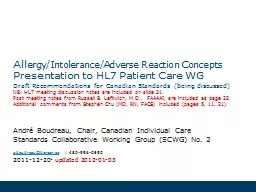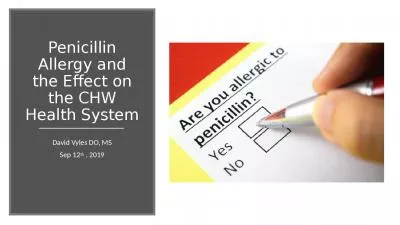PPT-Where does health communication technology fit into allergy practice?
Author : SugarPlumFairy | Published Date : 2022-08-04
Bruce G Bender PhD Ann Allergy Asthma Immunol July 201812112430 Where does health communication technology fit into allergy practice Key Messages Adherence interventions
Presentation Embed Code
Download Presentation
Download Presentation The PPT/PDF document "Where does health communication technolo..." is the property of its rightful owner. Permission is granted to download and print the materials on this website for personal, non-commercial use only, and to display it on your personal computer provided you do not modify the materials and that you retain all copyright notices contained in the materials. By downloading content from our website, you accept the terms of this agreement.
Where does health communication technology fit into allergy practice?: Transcript
Download Rules Of Document
"Where does health communication technology fit into allergy practice?"The content belongs to its owner. You may download and print it for personal use, without modification, and keep all copyright notices. By downloading, you agree to these terms.
Related Documents














